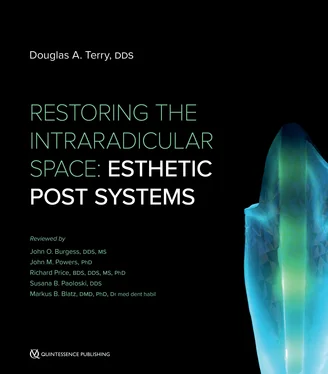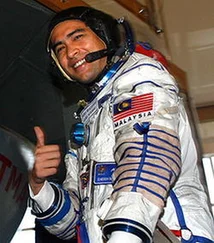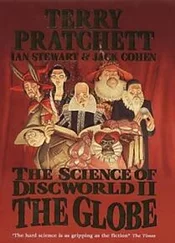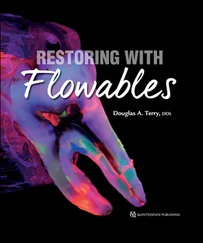A recent conversation with a young periodontist on my team further underscored this problem. He told me that his referring dentists do not try and save a given tooth with a post and core. In discussing this with my friend and colleague Dr Konrad Meyenberg in Switzerland, we considered that perhaps the reason was the lack of confidence clinicians have in the endodontic therapy and in their knowledge of proper adhesive protocol. This extraction-oriented, reconstructive mentality may be based on the clinicians’ misconception that endodontically treated teeth are considered inferior to implants in regard to long-term stability and retention. However, it has been demonstrated that endodontic and implant therapies have equivalent results when the treatments are appropriately chosen and performed at a high level of expertise on well-maintained patients.
Throughout these chapters, I would like the reader to direct their attention to modern applications in the fields of endodontics, restorative dentistry, periodontics, and orthodontics. In the past two decades, dentistry has seen a paradigm shift in philosophy that has been guided by a greater understanding of science. Advancements in endodontic technology with the use of modern instruments and new equipment, biocompatible filling materials, and microsurgical techniques have allowed the clinician to visualize, identify, and treat complexities they could not have fathomed a decade before. Correspondingly, advancements in restorative material formulations, adhesive technology, and a better understanding of the methods to achieve a biologically stable, dentogingival interface through periodontal and orthodontic concepts have expanded the treatment possibilities for the patient, clinician, and technician. Furthermore, clinicians should not make treatment decisions based on their skill level alone but should refer or adopt an interdisciplinary approach when required for the management of more complex clinical scenarios.
These advances in all disciplines in the 21st century have increased the myriad opportunities available to discriminating patients and provided solutions to many of the endodontic, restorative, and esthetic challenges faced by the restorative team. This changing technology has allowed the clinician to treat many clinical challenges through simpler, more conservative, and more economical methods. This evolution in philosophy and science has resulted in a change in the trend for dental treatment. Thus, an awareness in the evolution of different disciplines in dentistry combined with the common occurrence of misinformed patients coming for another opinion stimulated my team and me to develop this book. This philosophy of choosing the least invasive procedure and moving to a more invasive one if required over time is an ethical one. I hope the concepts in this book direct the clinician and technician to consider possibilities they had not imagined.
The text provides a detailed and scientific description of the evolution of the post and core system and the significance of the adhesive design concept when restoring the intraradicular post space. A detailed presentation is provided of the various applications and restorative techniques that I use on a daily basis with my patients for restoring the post space. The scientific data and microscopic illustrations are intertwined to provide clarity and evidence for these procedures. In addition, chapter 2 provides a detailed description of the light-curing unit (by Dr Richard Price) and the significance of understanding its mechanism for proper selection and use, which play an integral role in the adhesive design concept for achieving an optimal bonded interface. The third chapter demonstrates the information presented in the early chapters through illustrated case presentations while providing clinical applications for retaining the compromised tooth. The last chapter demonstrates clinical scenarios for the replacement and restoration of the nonrestorable endodontically treated tooth or the “end stage” tooth, while providing various treatment considerations and the critical factors that may play a role in the selection, outcome, and predictability of each of these treatment modalities.
Acknowledgments
As always, the inspiration for writing this book and sharing photographs of these procedures can be attributed to my dear patients, colleagues, and students around the world who have directed me on this journey. Compilation of this information would not have been possible without the dedication, persistence, and relentless hard work and long hours of my dear friend and personal assistant, Melissa Nix. My mother’s great ability to persuade patients to return for follow-up photographs along with her support and delicious dinners and desserts for the team have certainly been crucial for completing this project. Furthermore, this book would not have seen the light of day without the dedication, attention to detail, and organization and imagination of the Quintessence team. I would also like to express my gratitude to my team members who are my true friends—Dr John Powers, Dr John Burgess, Dr Ruhani Cheema, Dr Markus Blatz, Dr Susana Paoloski, Dr Gamid Nasuev, Alex Schueger, Olivier Tric, and Dr Richard Price. Also, I would like to thank my wonderful patients, without whom this project would not have been possible. Finally, I give special thanks to my Creator who instills passion in my life for everything I do and who makes me realize that teeth are simple in His hands but so complex in mine.
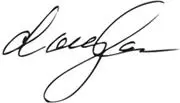
CONTRIBUTORS
Editorial Reviewers
John O. Burgess, DDS, MS
John M. Powers, PhD
Richard Price, BDS, DDS, MS, PhD
Susana B. Paoloski, DDS
Markus B. Blatz, DMD, PhD, Dr med dent habil
Scientific Reviewers and Contributors
Irfan Ahmad, BDS
Maciej Zarow, DDS, PhD
Norman Hicks
Clinical and Laboratory Contributors
Abdelrahman Awadin, BDS
August Bruguera, CDT
Victor Castro, CDT
Ruhani Cheema, BDS, MDS, MS
Jungo Endo, RDT
Manish Garala, BDS, MS
Kim S. Gee, DDS, MS
Gamid Nasuev, DDS, PhD
Wesam Salha, DDS, MSD
Alex H. Schuerger, CDT
Ritu Sharma, BDS, MDS
Riccardo Tonini, MD, DDS
Olivier Tric, MDT
Islam S. Zakzouk, BDS
Truth is expressed in different languages around the world.

The Pursuit of the Truth
“What is truth” is a question that has been asked by philosophers, scientists, and religious prophets for centuries.
Truth can be defined as that which conforms to facts, reality, and actuality. But this definition has a broad latitude of interpretation and application. If we say truth can be relative or absolute, this may differentiate and lead to a better understanding and application. Relative truth conforms to logic and reality and can be interpreted differently by every person based upon their culture, religion, and life experiences. However, absolute truth requires each of us to search and discover something greater than ourselves.
God is the true essence of being and the absolute truth. The Bible describes the ultimate expression of truth in John 14:6: “I am the way, the truth, and the life.”

Photography by Irfan Ahmad, BDS
Читать дальше
